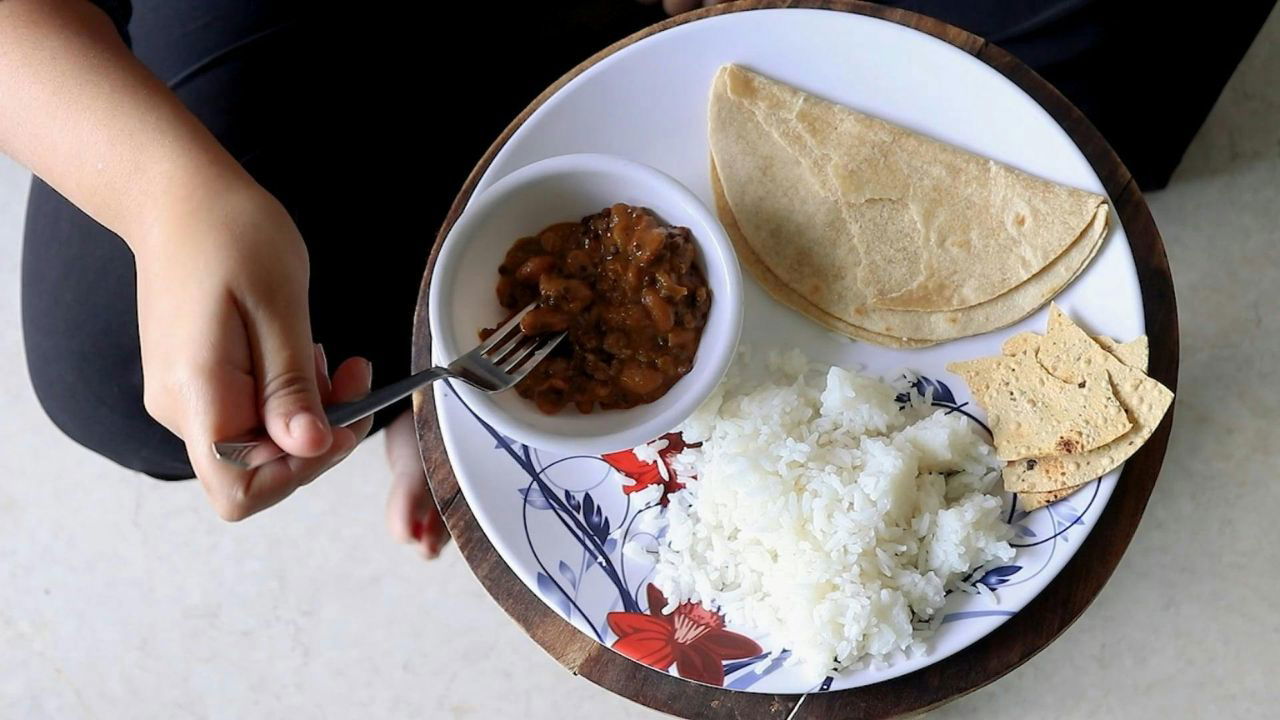
A recent working paper by the Economic Advisory Council to the Prime Minister (EAC-PM) has revealed a significant shift in India's household spending patterns, marking a notable decrease in the proportion spent on food. For the first time since 1947, average household expenditure on food has fallen below 50% of overall monthly spending, a change highlighted in the report titled "Changes in India’s Food Consumption and Policy Implications: A Comprehensive Analysis of Household Consumption Expenditure Survey 2022-23 and 2011-12."
The report emphasizes that this trend reflects a broader transformation in food consumption across the country. The share of household expenditure on food has dropped considerably in both rural and urban areas across all states and Union Territories (UTs), signaling significant progress in living standards.
Additionally, the working paper reports a substantial rise in average monthly per capita expenditure across India, with rural households experiencing a growth of 164% between 2011-12 and 2022-23, outpacing urban households, which saw a 146% increase. The increase in consumption expenditure has been particularly pronounced in certain states. For instance, rural West Bengal recorded a growth of 151%, while Tamil Nadu saw a rise of approximately 214%. Sikkim witnessed a remarkable surge of 394% in rural consumption expenditure.
The decline in food spending is especially apparent in the reduced share of expenditure on cereals, particularly among the bottom 20% of households. This drop is attributed to the government’s effective food security programs, which have ensured access to free food grains across all states.
The report suggests that India’s agricultural policies will need to adapt to this changing consumption pattern, moving beyond a focus on cereals. It also notes that support measures like the Minimum Support Price (MSP), which predominantly targets cereal procurement, may have a limited impact on improving farmers' welfare as demand for cereals continues to decline across different wealth classes.















